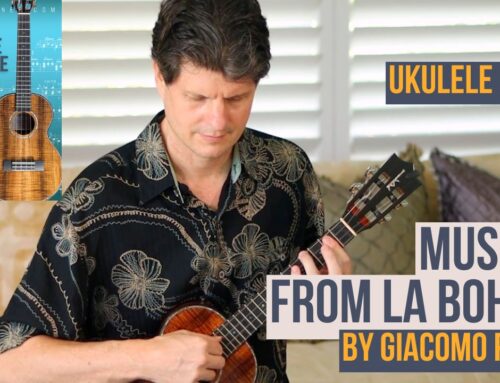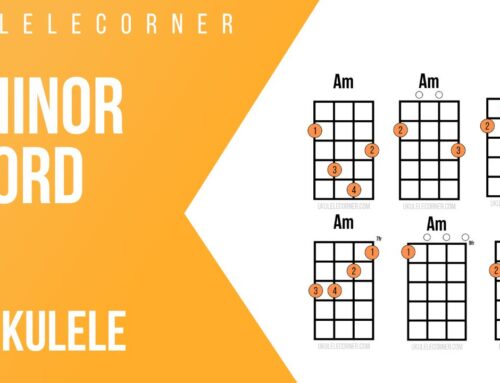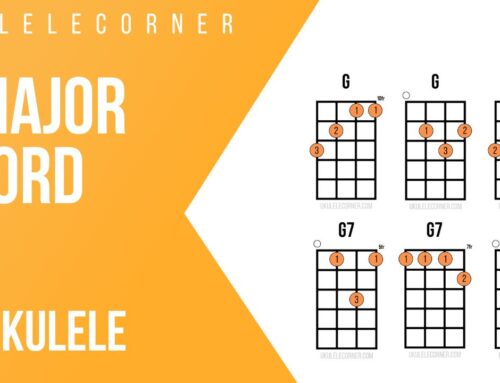The ukulele is one of the most social instruments you will find with groups getting together all around the world. It is perfectly suited for accompaniment to singing and sounds wonderful with a chorus of players joining in together at sing-a-longs and jam sessions. The tradition of sharing music together in Hawai’i goes back generations and is known as kanikapila.
Kanikapila: playing the fiddle
The word kani means to play or sound, while ka pila was the term given to the fiddle, which was a popular instrument in the islands in the mid- to late 1800s. So kanikapila literally means “to play the fiddle.” The fiddle faded in popularity with the rapid rise of the ukulele in the 1880s followed by the melodic voice of the steel guitar. The latter took the role of playing vamps and countermelodies in popular Hawaiian music in the early 1900s. The Monarchy-era string band sound of Hawaiian music which would often include violin, mandolin, taro patch guitar, and even woodwind/brass instruments was replaced by the typical grouping of guitar, ukulele, steel guitar, and acoustic bass. The term kanikapila stuck however and is still used today to describe the art of the Hawaiian jam session.
I grew up on the Haleakala Ranch on the island of Maui. And I remember hearing live music at backyard kanikapila sessions before hearing music on the radio. My dad was a cowboy on the ranch and loved playing music with friends. We would travel on horseback or in his old Ford Bronco up the pastures above Makawao and Kula to a cabin known as the Peanut House (for its tiny size). And we would also go on fishing adventures to Hana and Kaupo on the wild Eastern side of the mountain. Music and kanikapila was the thing I would always look forward to most on these trips, with great musicians from the ranch joining in and jamming until the wee hours each night. Very few of the cowboys ever played music professionally but it was a big part of their lives and culture.
Watch with the eyes, listen with the ears, and shut the mouth
I was able to learn by watching and following the old Hawaiian tradition of: Nānā Ka Maka, Ho‘olohe Ka Pepeiao, Pa’a Ka Waha (Watch with the eyes, listen with the ears, and shut the mouth). I would never touch an instrument without permission and would only join in when asked. And I was lucky to have friends of my father’s as mentors. These included Uncle Eddy Wilson, a 6’8” Hawaiian cowboy who loved singing, ukulele, guitar, and trumpet. And the Maui-based luthier Steve Grimes joined in from time to time as well and taught me some of my first chords.
Guidelines for Kanikapila:
I learned a few basic ideas early on that are good to follow during a kanikapila:
- Listen carefully to those around you and learn to complement the songs played without stepping on any toes. Less is more and good rhythm is essential.
- If you don’t know the song, just listen and see what you can learn before playing.
- When leading a song with a new group, always choose songs that are easy to play and are not complex arrangements.
- Use each session as a great way to learn new things and follow those willing to share.
- Help new members of a group if you are more experienced by showing them chords or teaching them songs.
- If you take a pa’ani, or solo, keep the melody of the song in mind by either playing the melody or humming it as you play other ideas. Always know the chord progression before trying to solo.
- Have Fun! Kanikapila is all about sharing and enjoying music together.
I hope to see you at a kanikapila soon!
Aloha,
Jeff Peterson




Reading your Kanikapila story brought wonderful images into my mind’s eye. I am part of a wonderful ukulele group, moderately experienced player, but always feel I just don’t know enough. Yet !!
I also like to draw & paint & so images are a big part of my creative life.
What a wonderfullly full family & growing up time you have had.
Thank you for your message. I’ll continue enjoying your musical advice. Ruth.